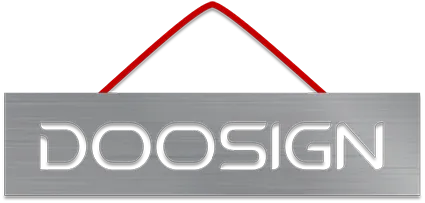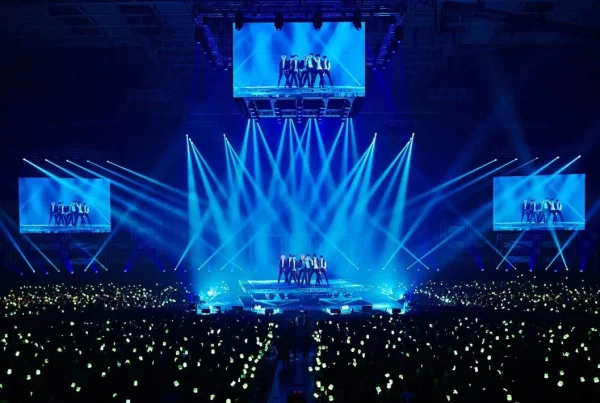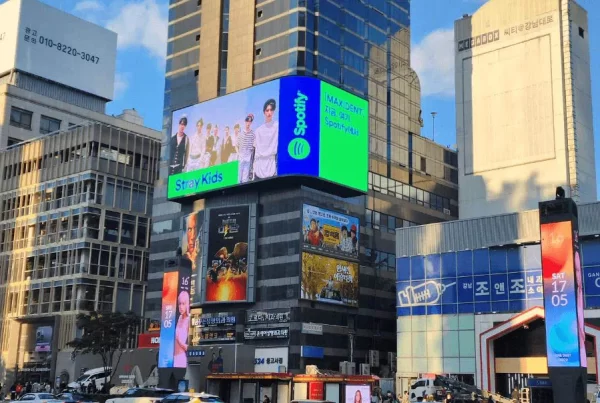In the world of LED display screens, maintaining optimal performance, especially in high-temperature outdoor settings, is crucial. Efficient heat dissipation is the key to ensuring these LED displays work seamlessly over extended periods. Let’s delve into the diverse methods employed to keep LED displays cool and functioning at their best.
1. Aerodynamics for Cost-Effective Cooling: LED displays leverage aerodynamic principles by shaping the casing to induce convective airflow. This low-cost method enhances heat dissipation, contributing to prolonged display life.
2. Thermally Conductive Plastic Casing: Injection molding the plastic casing with thermally conductive materials significantly boosts the casing’s heat conduction capabilities. This innovative approach enhances overall heat dissipation efficiency.
3. Aluminum Heat Fins for Enhanced Surface Area: One of the most common methods involves integrating aluminum heat fins into the casing design. This increases the surface area available for heat dissipation, ensuring optimal temperature regulation.
4. Radiative Heat Dissipation Treatment: Applying radiative heat dissipation treatments to the casing’s surface, such as specialized paint coatings, facilitates the efficient radiation of heat away from the display. This simple yet effective method aids in temperature control.
5. Heat Pipe Dissipation for Large Fixtures: Heat pipe technology is often employed in large LED fixtures like streetlights. This technique efficiently transfers heat from the LED display chip to external heat fins, preventing overheating and ensuring consistent performance.
6. Fan Cooling for Cost-Efficiency: Internal fan systems within the casing offer a cost-effective solution for enhanced heat dissipation. While convenient and efficient, this method may not be suitable for outdoor displays and requires periodic fan replacements.
7. Liquid-Filled Bubbles for Innovative Dissipation: Innovative liquid-filled bubbles within the casing utilize a transparent liquid with high thermal conductivity. This unique approach not only adheres to the reflection principle but also leverages LED chip surface heat conduction for optimal dissipation.
8. Integrated Thermal Conduction and Dissipation with High-Performance Ceramics: The latest advancements incorporate high thermal conductivity ceramics into the casing. This integration reduces LED chip working temperatures, streamlining thermal conduction and dissipation processes for enhanced efficiency.
In conclusion, implementing these diverse heat dissipation techniques ensures LED displays operate at peak performance, even in challenging environmental conditions. Whether through aerodynamics, thermally conductive materials, or innovative liquid-filled bubbles, these methods collectively contribute to the longevity and reliability of LED display screens. Explore these cutting-edge approaches to elevate your LED display experience




